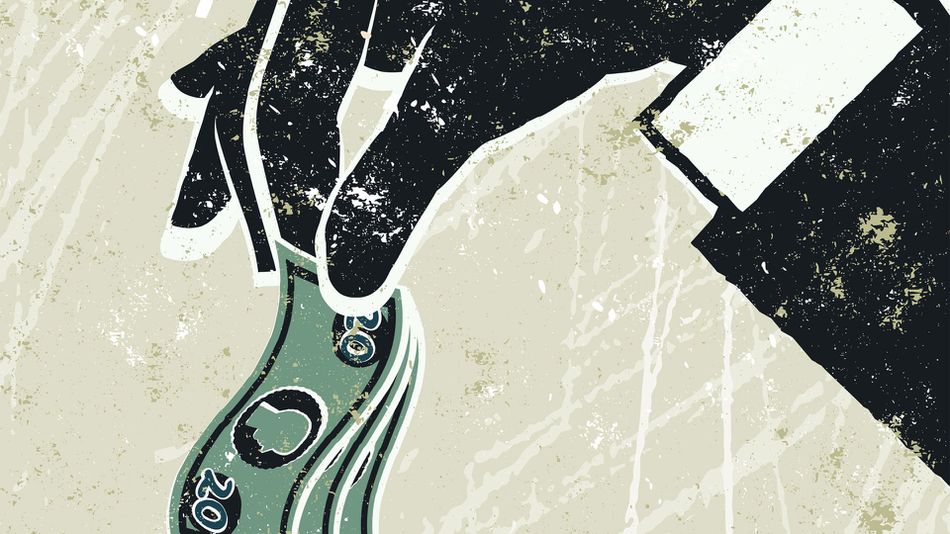
Douglas Rushkoff, a media theorist, author, and documentarian. The ideas in this piece are built on the arguments of his new book, Present Shock: When Everything Happens Now.
We’ve seen digital technology disintermediate everything from record companies to university curriculum. Yet banking has remained rather immune to all this disruption.
Sure, ATMs and online banking may threaten the bank teller’s union, but central banking’s monopoly over money has hardly budged. Just like we have to get our food from real plants and animals, we have to get our money from real banks. Or at least it appears that way to most of us.
However, the rapidly changing digital economy is about to give banks a run for their money. Literally. But if they learn to work with, rather than against, the new role of money in a peer-to-peer landscape, they may just come out of this on top again — or at least working side by side with the communities they should be hoping to serve.
In short, banks can continue to write loans to their communities, but only if they also help these communities invest in themselves, as well.
For centuries, banks have enjoyed the exclusive privilege to put money into the world. This operating system was set in motion in the Late Middle Ages, as a way of slowing down a rising middle class and its peer-to-peer, almost Burning-Man-like marketplace.
In order to preserve their own wealth, the aristocracy made local currencies illegal and forced everyone to borrow their money at interest. The catch, of course, is if currency is supposed to be paid back at interest, it means more money must exist tomorrow than today. As long as the economy expanded, as long as there were new territories to exploit, this all worked just fine — at least for those doing the colonizing.
But as we move from a society defined by growth to one evermore focused on sustainability, this notion of infinite expansion breaks down. For a time, it appeared that the Internet might do for economic growth what colonial expansion used to accomplish. We looked forward to the “long boom” of a digital economy. It didn’t work out that way.
In a digitally enabled marketplace, exclusive top-down control over money no longer makes sense. People can start companies with almost no capital, and then trade directly over the net through peer-to-peer networks.
No need to sell up to Wal-Mart, who then sells back down to other individuals. Just sell direct through Etsy. Thanks to encryption and authentication routines efficient enough to fit on a smart phone, we no longer even need banks to carry out or verify our transactions.
As Alan Greenspan suggested in one of his final testimonies to the Senate, we are about to see private and alternative forms of money capable of competing with the central currencies. He’s right.
I don’t mean just Bitcoin (which is quite clever but still just another scarcity-based central currency), but TimeDollars, LETs and other local exchanges. Unlike interest-bearing currencies, these newer monies — similar to their Middle Ages predecessors — are biased more toward transaction than savings. They don’t grow over time, but rather increase the velocity of money in the present.
Such possibilities are particularly appealing as values like localism, sustainability and the Maker movement replace corporatism, growth and retail. Big banks become the enemy, seeking to extract value from communities who are attempting to reach some measure of sustainability. Yet local currencies, however attractive in spirit, aren’t really great for long-distance or longer term contracts. People will want gasoline, iPhones and other products from the non-local marketplace.
So what are banks to do? Promote the use of both local and central currencies, side by side. Consider this scenario:
Joe, a restaurateur, goes to the local branch of Chase, looking for a loan to expand into the storefront next door. These days, most banks will refuse because Joe lacks collateral if he fails, and the bankers don’t know enough about the local market to judge. Instead of refusing the loan or taking the uninformed risk, why not split the difference?
Loan Joe half of what he needs for the expansion — contingent on his ability to raise the other half from the community he hopes to serve. Using a system like Socstock or SmallKnot, Joe can solicit loans from his customers in return for meal vouchers at the expanded restaurant. Maybe offer $120 of meals for every $100 invested.
The local investors make 20% on their money while seeing their own town’s Main Street improve, real estate values go up and favorite restaurant get better. The bank, meanwhile, gets collateral in the form of community commitment. Finally, Joe learns whether there really is a market for his expansion.
The bank becomes a whole lot more than the lender of money (and extractor of value); it is now the facilitator of local economy activity. Not as much money will be taken out the town in the short run, but as local economic activity accelerates, the bank will get more business in the long run. More important, the bank who supports the local economy will end up supported by the locals in return.
We are quickly evolving beyond the “winner takes all” ethos of traditional banking. Because once all is taken, there’s quite simply nothing left for anyone. This applies to both central banking and the local “revolution” that seeks to overturn it.
In a digital economy, we regain the ability to encourage stable, steady-state, local economic activity without abandoning the benefits of long-distance, corporate markets. It’s a monetary mashup.